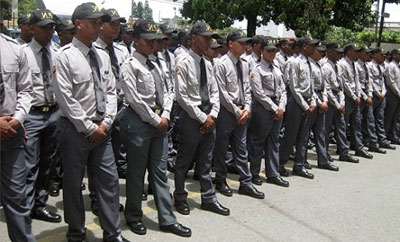An official in the Dominican Republic stated that the majority the country’s contract killings involve former police officers, revealing not just the extent of corruption, but the central role of ex-officials in organized crime on the Caribbean island.
In an interview on June 8, Inspector General Francisco Dominguez Brito stated that former police officers participate in almost all of the contract killings in the Dominican Republic, most of which are the result of “settling scores” in drug-related disputes, reported El Nuevo Diario.
Brito advocated for reforms to the country’s penal code to impose harsher sentences for contract killings and warned that the Dominican Republic could be following in Mexico’s footsteps, where a lack of state control has resulted in complicity between police forces and drug cartels.
Brito has previously pointed to the young age and lack of experience of police recruits — many of whom are between 18 and 19 years old — as key reasons for the number of police officers that end up involved in organized crime, reported Impacto Digital. The inspector general also blamed high rates of impunity for the prevalence of this crime.
InSight Crime Analysis
The Dominican Republic has long served as a transit point for cocaine heading north from South America. The national police, who are widely perceived to be corrupt, often serve as a key link in the country’s drug trafficking chain.
A high number of officials, of all ranks, have been arrested over the years, with over 500 police and soldiers dismissed between 2007 and 2012 for alleged drug ties. In November 2012, former general and high-level anti-drug official Francisco Hiraldo Guerrero was extradited to the United States for allegedly allowing the passage of drug shipments through the country.
SEE ALSO: Coverage of the Caribbean
Despite what appears to be a rising amount of cocaine being trafficked through the Dominican Republic, the homicide rate in 2013 was approximately 20 per 100,000 residents, which is reportedly the lowest rate the country has seen in 11 years. This figure is significantly lower than that of other nearby drug transit countries in the Caribbean and is in stark contrast to the Northern Triangle of Central America, the most dangerous part of the world.

